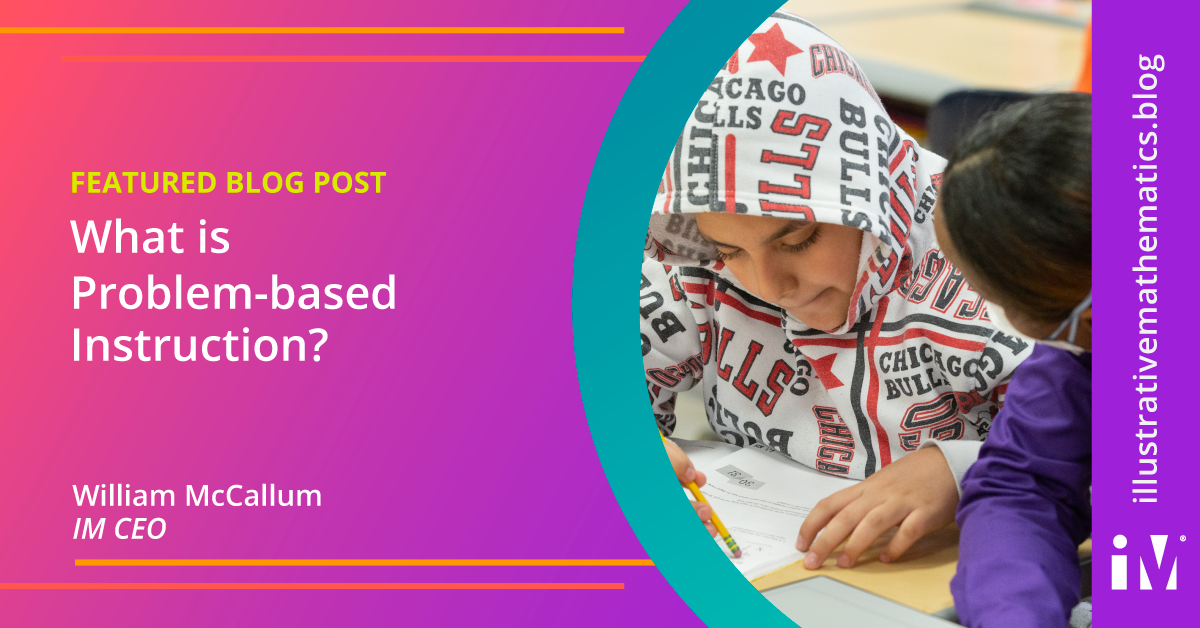By William McCallum
When I was a child, I used to get puzzle books out of the library. One of the puzzles was the twelve-coin problem, the most difficult of all coin weighing problems. My mother and I worked on it separately at the same time, and she solved it first. Some time later that evening she came into my room to find me in tears of frustration. Instead of helping me, she asked: “Do you want me to tell you the solution?” I said no and she left. I will never forget the joy when I finally figured it out.
Of course, I went on to become a mathematician. Maybe not all students can experience the joy I felt? Maybe this is not the best way to help students learn mathematics? The research says otherwise. The National Academies publication How People Learn shows that student learning is more robust if students first have a chance to grapple with a problem before hearing explicit instruction on it. Both components, and the order in which they happen, are important. (See, for example, the box on page 59.) Students also may need guidance in understanding what the problem is asking, without being told how to solve it.
Problem-based instruction means believing all students can solve problems on their own and giving them a chance to try. The curriculum we write is designed to support problem-based instruction. Each lesson is built around a set of activities that students can work on by themselves or in groups, starting with a warm-up that activates relevant prior learning. The activities are designed to be amenable to different approaches that different students might bring to the work. Because not all students will be ready just to jump right in, each activity has a launch which is designed to help them understand the problem without giving away the punchline. Each activity also has a synthesis at the end where the teacher makes sure that each student has learned the mathematics the activity was designed to teach.
We also provide guidance and instructional routines for teachers to help them implement problem-based instruction. Just as it was difficult for my mother to walk out of the room, it is difficult for a teacher not to intervene and help a student who is struggling. But they should try. (Okay, it’s probably alright to intervene before the student starts crying.) We suggest questions teachers can ask to help a struggling student get unstuck, without providing so much help that the student loses ownership of the solution. Instructional routines such as anticipate, monitor, select, sequence, connect (a.k.a. the 5 Practices) help teachers structure classroom activity so that each student has a chance to try the problem, share their solution with other students, and finally see one or more correct solutions.
Although there are many types of wonderfully rich and engaging problems out there, problem-based instruction does not mean you have to work with any particular type of problem. You could run a problem-based classroom entirely on old-fashioned word problems. It might not be your style, but it would be problem-based instruction.
Ultimately, problem-based instruction depends not on the materials but on the teacher. Implementing it can be as challenging and as rewarding as being a parent.
Next Steps
Learn more about IM’s approach to problem-based instruction.
